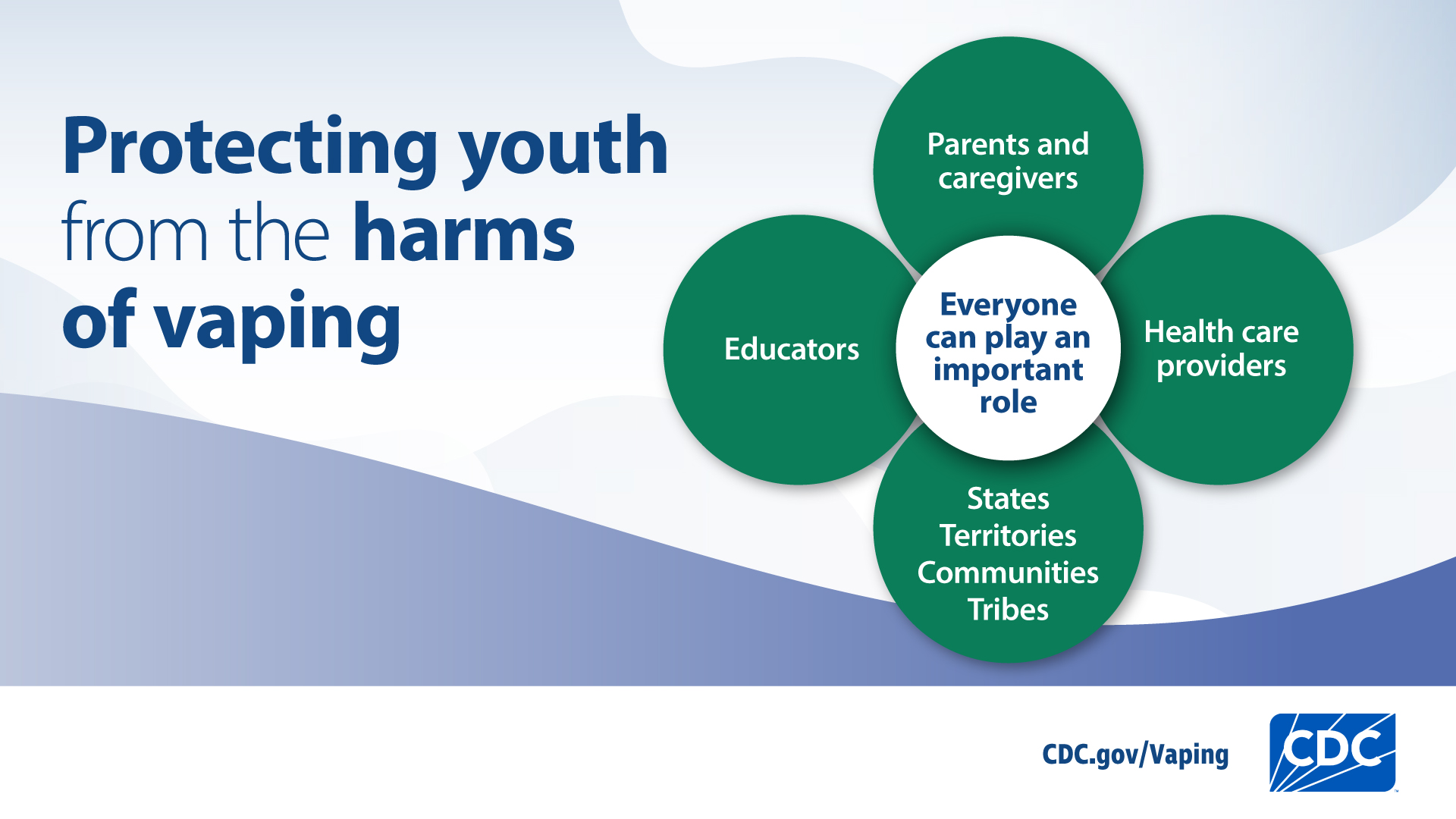Health Risks
Electronic cigarettes are not risk-free. The aerosol produced contains numerous potentially harmful substances, impacting user health in various ways.
- Nicotine Exposure: Most e-cigarettes deliver nicotine, which is highly addictive. It can adversely affect adolescent brain development, impact fetal development during pregnancy, and is a toxin.
- Respiratory Issues: Inhalation of e-cigarette aerosol has been linked to lung inflammation, chronic bronchitis symptoms, and an increased risk of respiratory infections. Some flavoring chemicals, like diacetyl (though less common now), have been associated with severe lung disease (bronchiolitis obliterans).
- Cardiovascular Impact: Nicotine increases heart rate and blood pressure. Emerging evidence suggests e-cigarette use may contribute to endothelial dysfunction and increase the risk of cardiovascular events.
- Carcinogens and Toxins: E-cigarette aerosol can contain carcinogens such as formaldehyde, acetaldehyde, and acrolein, as well as heavy metals like nickel, tin, and lead. While often at lower levels than combustible cigarettes, their presence is a health concern.
- Unknown Long-Term Effects: As e-cigarettes are relatively new, the full spectrum of long-term health consequences is not yet completely understood.
Addiction and Dependence
Nicotine is a primary driver of e-cigarette use and poses significant addiction risks.

- High Addiction Potential: The efficiency of nicotine delivery in many modern e-cigarettes can lead to rapid addiction, comparable to traditional cigarettes.
- Withdrawal Symptoms: Users attempting to quit may experience nicotine withdrawal, including irritability, anxiety, depression, difficulty concentrating, and intense cravings.
- Dual Use: Many users engage in “dual use,” smoking both traditional cigarettes and e-cigarettes, potentially increasing overall nicotine intake and exposure to toxicants.
Youth Epidemic
A major problem is the alarming rate of e-cigarette uptake among youth and young adults.
- Targeted Marketing and Flavors: Appealing flavors (fruit, candy, mint) and marketing strategies, often leveraging social media, have made e-cigarettes attractive to young, nicotine-naïve individuals.
- Misperceptions of Harm: Many young people incorrectly believe e-cigarettes are harmless or significantly less harmful than they are.
- Impact on Developing Brains: Nicotine exposure during adolescence can harm brain development, affecting attention, learning, mood, and impulse control, and prime the brain for addiction to other substances.
- Gateway to Smoking: Studies suggest that young people who use e-cigarettes are more likely to transition to smoking traditional cigarettes.
Device Safety and Quality Control
The physical devices and e-liquids present their own set of problems.
- Battery Explosions: Lithium-ion batteries in e-cigarette devices can malfunction, overheat, and explode, causing serious burns and injuries. This is often due to improper charging, poor battery quality, or device damage.
- E-Liquid Poisoning: E-liquids, especially those with high nicotine concentrations, are toxic if ingested or absorbed through the skin. Accidental exposure, particularly in children, can be fatal.
- Inconsistent Manufacturing Standards: Lack of stringent regulation in some areas leads to variability in product quality, including nicotine concentrations, presence of impurities in e-liquids, and device safety features.
- Leakage and Malfunction: Devices can leak e-liquid or malfunction, leading to inconsistent nicotine delivery or exposure to device components.
Environmental Concerns
The disposal of e-cigarette products raises environmental issues.
- Plastic Waste: Many e-cigarettes, particularly disposable ones, contribute to plastic pollution.
- Hazardous Waste: Batteries and residual e-liquid (containing nicotine and other chemicals) classify used e-cigarettes as hazardous waste, requiring careful disposal that is often not followed.
Regulatory and Public Health Challenges
The rapid evolution of e-cigarettes has outpaced comprehensive regulatory frameworks.
- Inconsistent Regulations: Regulations regarding sales, marketing, flavors, nicotine content, and product standards vary significantly across jurisdictions, creating loopholes and enforcement difficulties.
- Secondhand Aerosol: Exhaled aerosol contains nicotine, ultrafine particles, and other toxins that can be inhaled by bystanders, posing risks, especially to vulnerable populations like children and pregnant women.
- Undermining Tobacco Control Efforts: The normalization of e-cigarette use, particularly among youth, may undermine decades of progress in tobacco control and denormalizing smoking.









